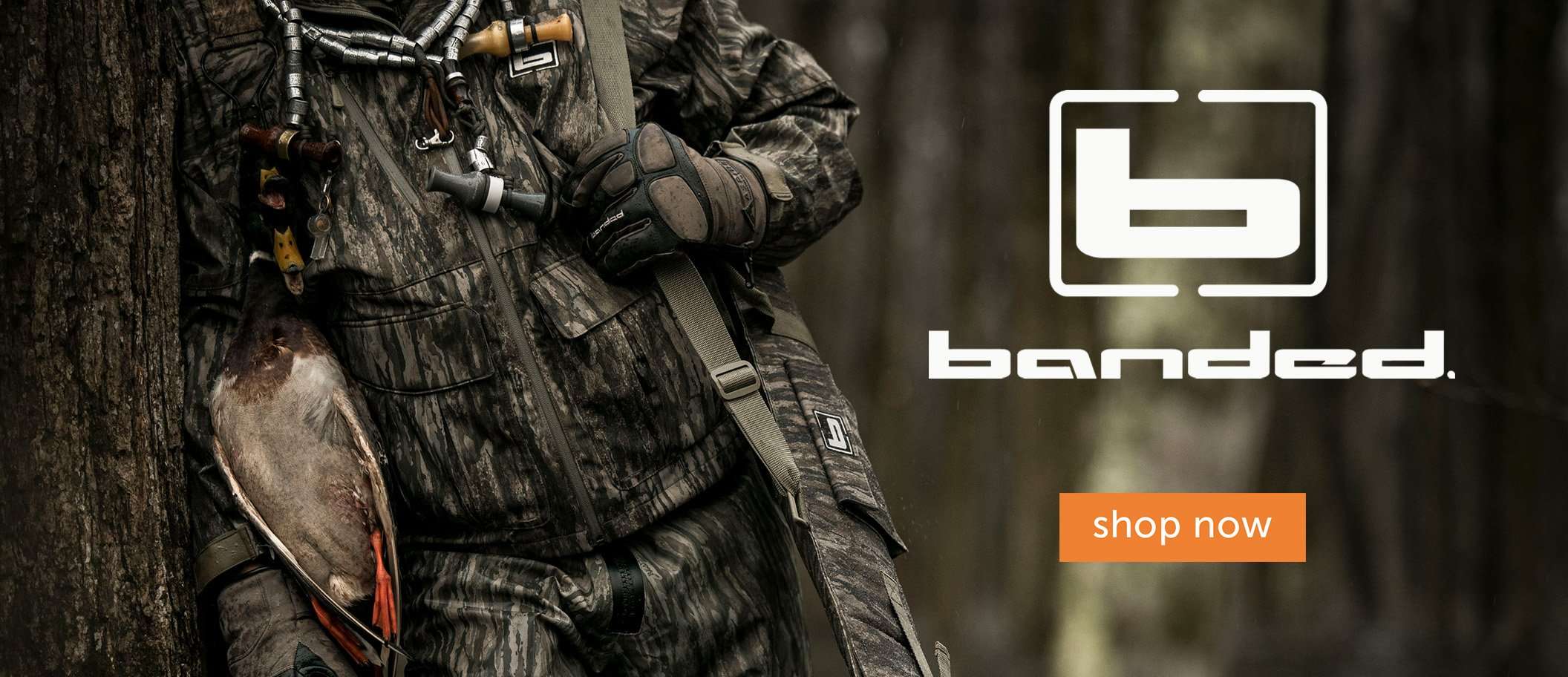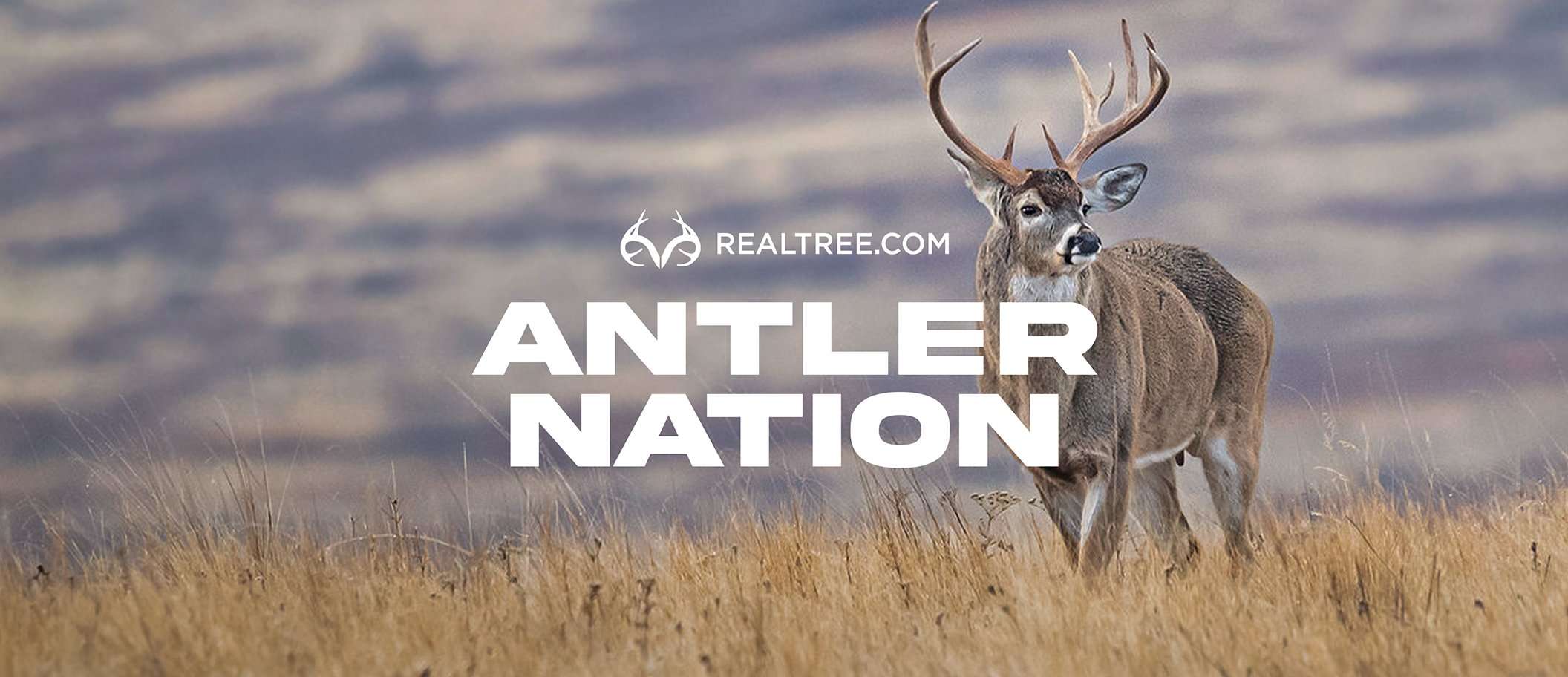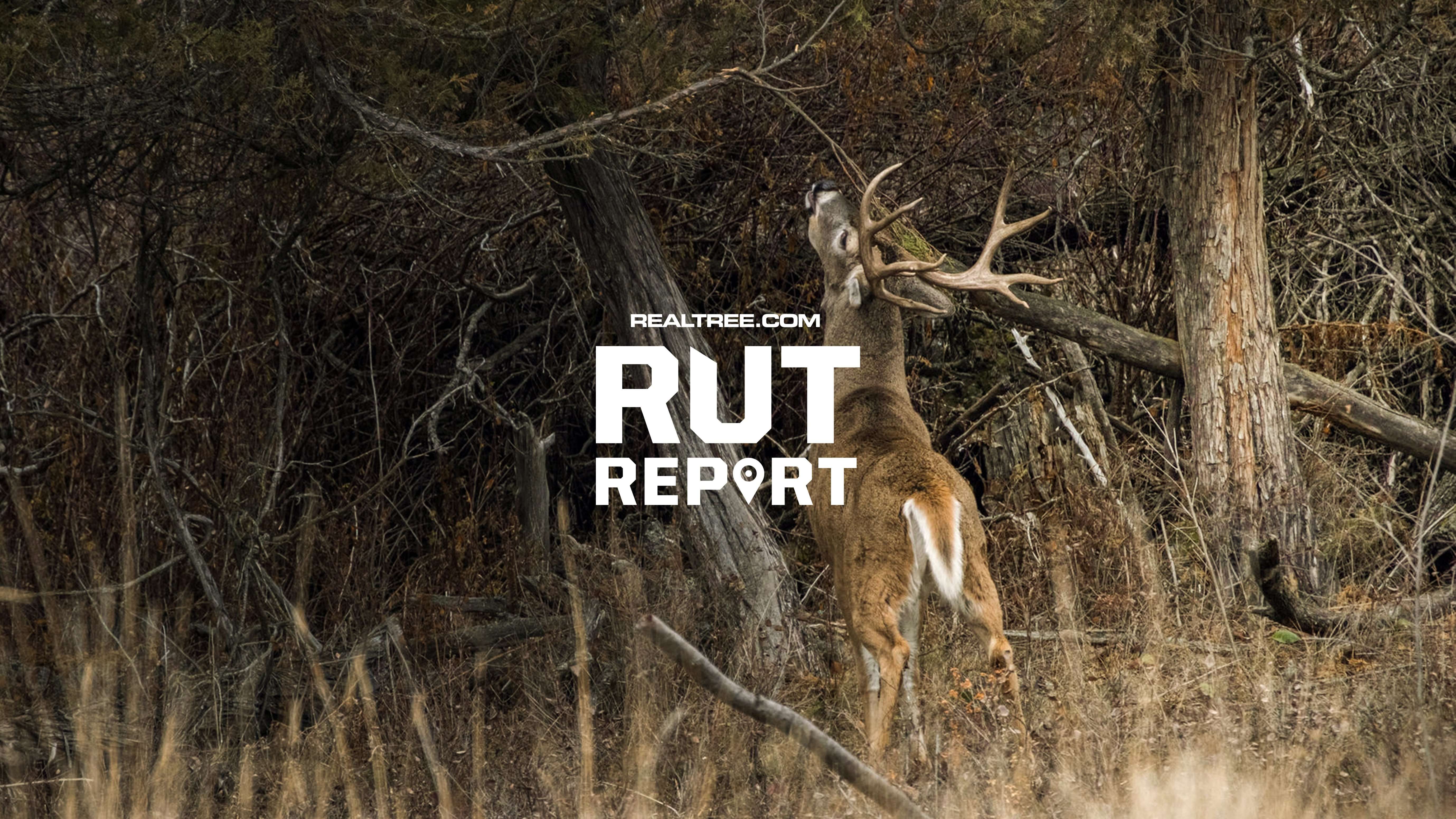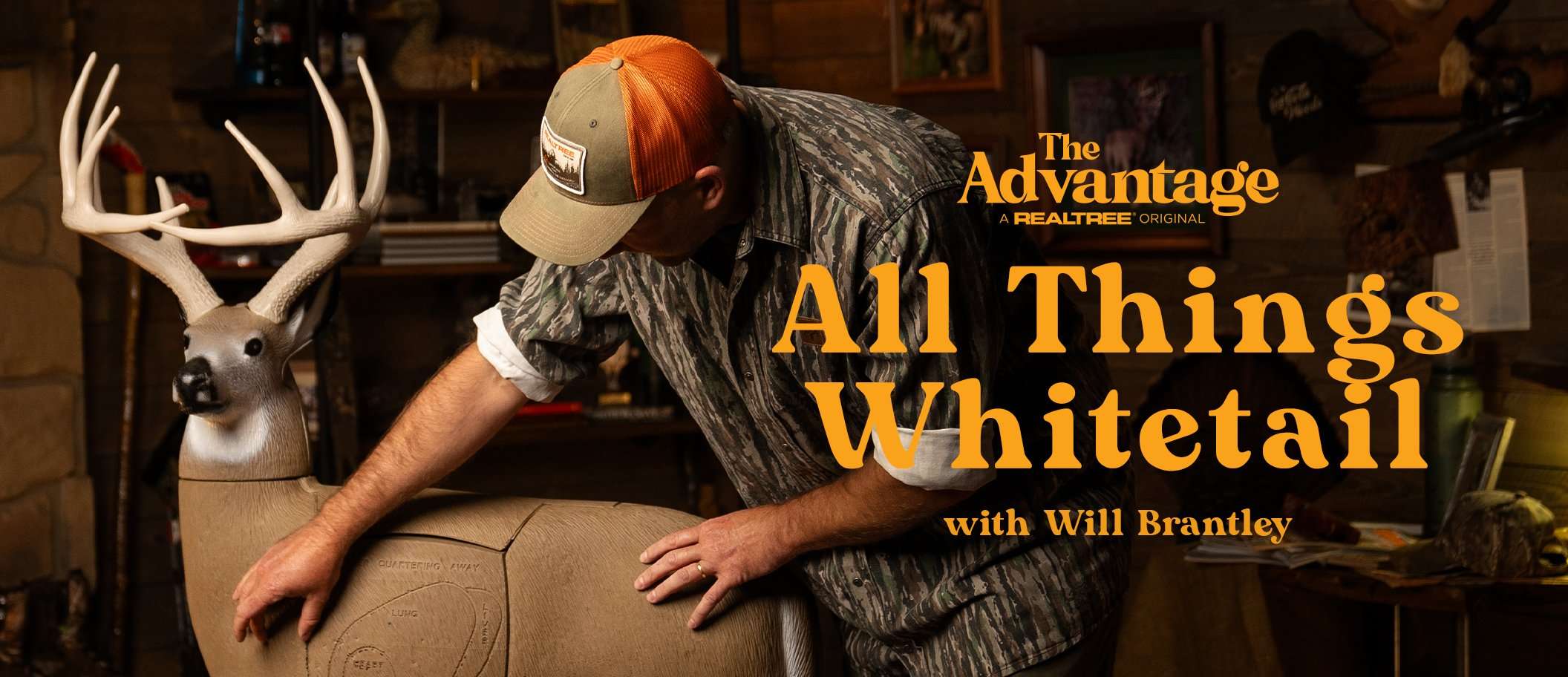You don’t have to freeze during cold weather hunting trips this winter. Here’s how to camp in style.
The late season can be one of the best times to hunt big game. Weather and food sources often concentrate animals in small areas. And since other hunters are tagged out or have given up, hunting pressure is usually way lower. But there is a downside. Depending on where you hunt, late season probably means cold temperatures — often bone-chilling cold. The right gear can make the cold tolerable during the day, but nighttime temperature drops can make sleeping outdoors a battle, or even dangerous.
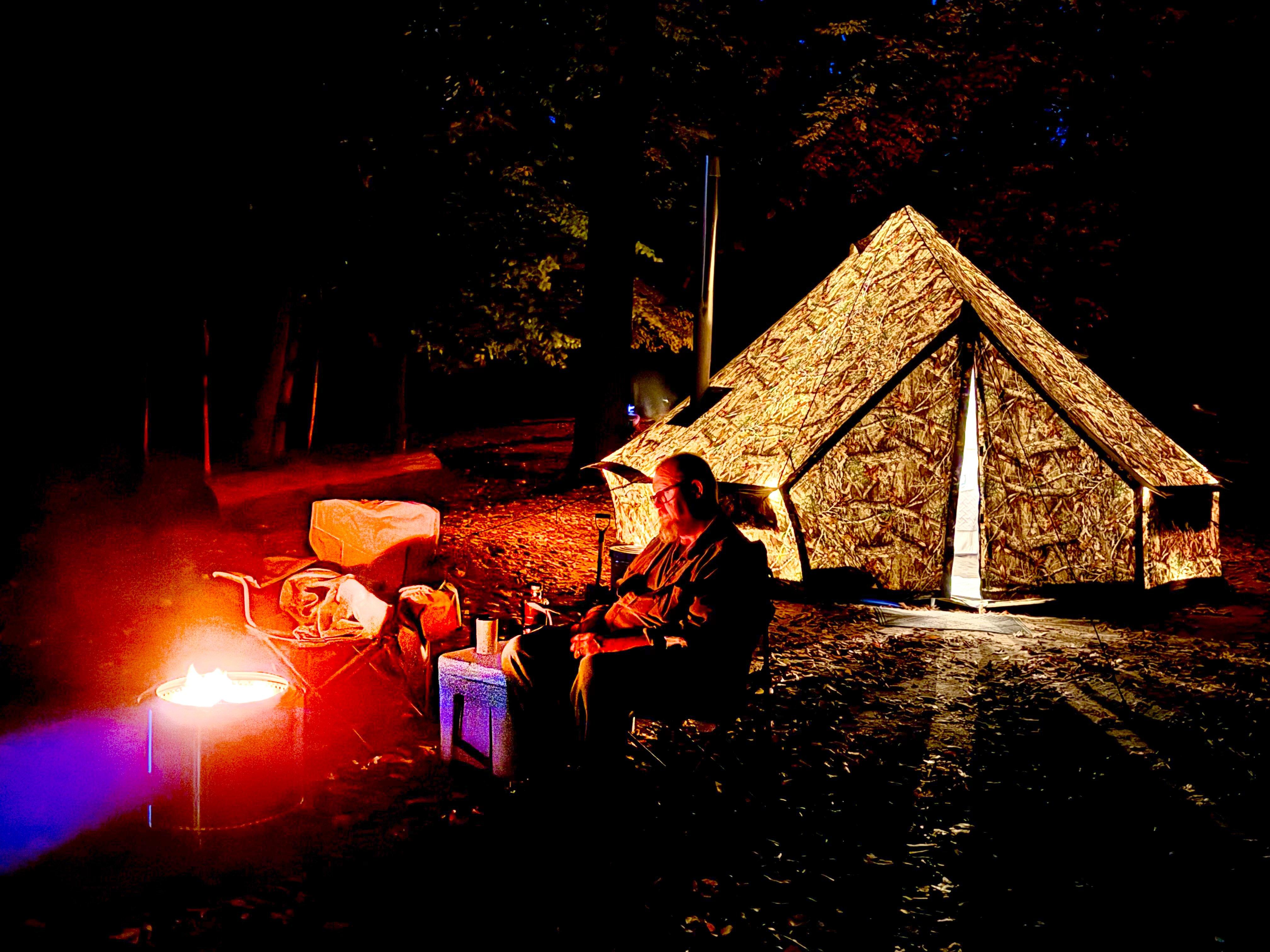
A quality tent and a good heat source make even the coldest night comfortable. All images by Michael Pendley
If you don’t have access to a heated lodge or hotel room, hot tent camping is the only solution. The right combination of tent and heat source can make even the coldest nights comfortable. The heat most often comes from small wood stoves, but portable propane heaters can also be used. As you might imagine, introducing open flames to a tent can come with a unique set of challenges. Here’s how to camp in a hot tent safely and comfortably.
THE TENT
Just like regular camping, you will need a tent large enough to comfortably hold everyone in your party. For hot tent camping with a wood stove, you’ll need a tent with a fireproof stove jack, which is a section of fire-resistant material that the stove pipe passes through. If you have a favorite tent and it doesn’t currently have a stove jack flap, there are aftermarket stove jacks that you can sew or glue into the tent material.
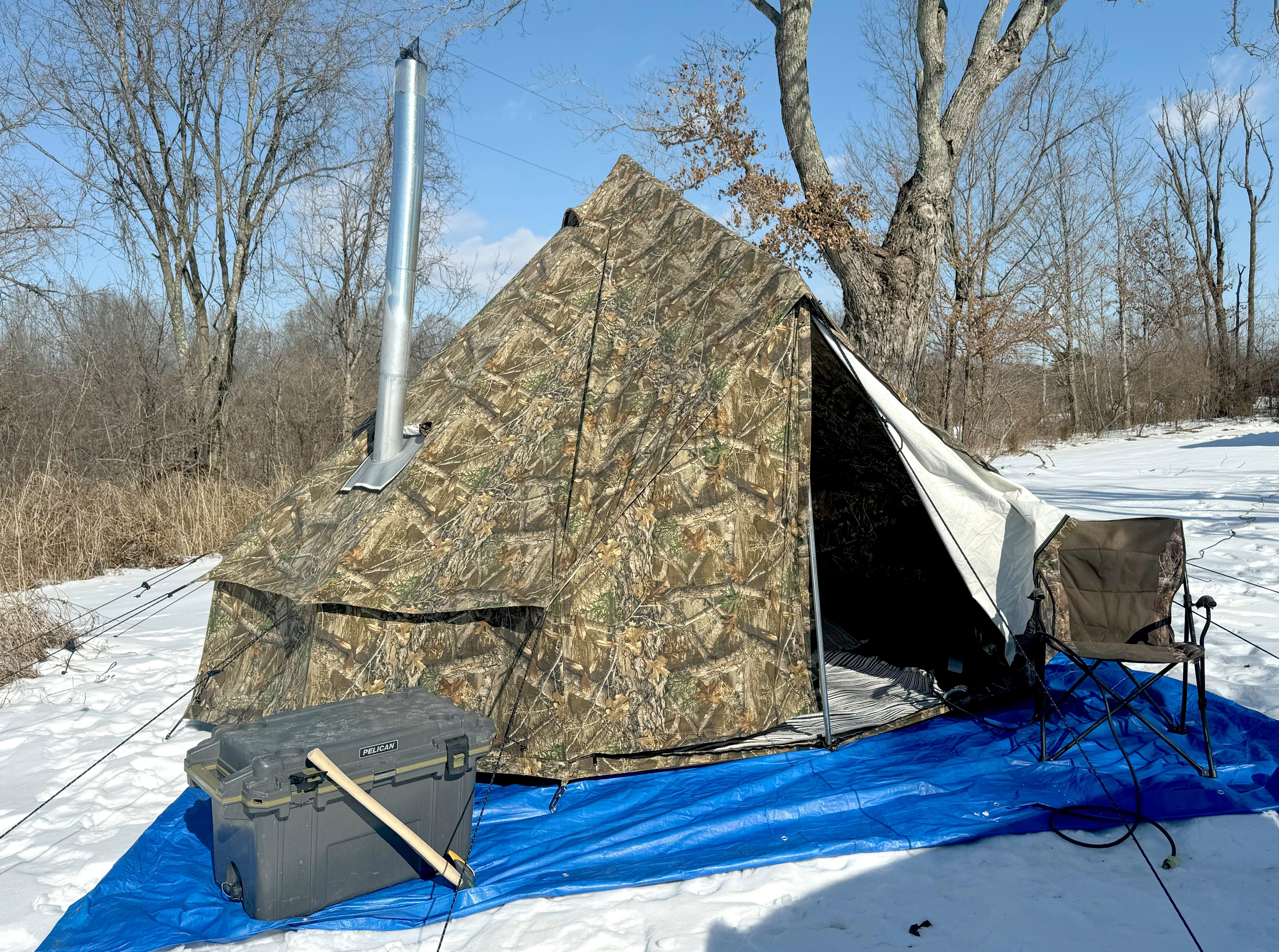
A quality canvas tent like the White Duck Regatta helps to hold in heat and keep the weather at bay.
For extreme cold temperatures, heavy canvas is the best material for your tent. The heavier fabric offers a bit of extra insulation to hold heat. While it stays warmer, canvas is heavy. If you are backpacking or on horseback, a lighter weight nylon based tent material will be easier to pack in.
A big debate among hot tent campers is floor vs no floor for your tent. The no floor crowd points out that coals can fall from the stove and melt or set the floor aflame. Built in floors also add to total tent weight. But personally, I like having a floor. I often winter camp on muddy ground and I like the extra barrier to keep things clean and dry. There are ways to mitigate possible fire damage on floor tents, and we’ll get to that in a bit.
My tent of choice for most trips is the Regatta Bell Tent in the 16-foot size and Realtree Edge pattern. The bell design means there are only two poles: the main center support and a shorter pole at the door. Tent pegs and guy lines handle the remaining support duties.
It only takes about 15 minutes for one person to set up a bell tent, and it’s easy to do even in low light. The tent is made of 8.5-ounce Army duck cotton canvas. It comes treated with a water repellent coating that has kept us warm and dry in some extreme weather along the shores of Lake Michigan. The Regatta comes with a pre-installed heat resistant silicone coated stove jack. The jack has a roll up cover to keep water out when it isn’t being used.
The 16 foot size is comfortable for extended trips for 2-3 people, but it’s roomy enough to house 4-5 adults when necessary. The sewn in floor keeps water out and your sleeping bags dry even in muddy areas.
Need more room? Look into traditional wall tents. Kodiak, Scout and White Duck all make popular rectangular wall tents, both floored and floorless models, that make an excellent base camp for larger groups.
THE HEAT
Hot tents aren’t hot without a heat source. Choosing one has a lot to do with how you’re camping. If enough dry firewood is available, a small wood stove is the way to go. If size and weight are an issue, choose a small aluminum, titanium, or folding steel stove. These stoves pack down flat and can be as light weight as a pound or two. The downside to a small stove is limited wood capacity. Small stoves have to be tended to often, meaning mostly sleepless nights if you are relying on one for heat.
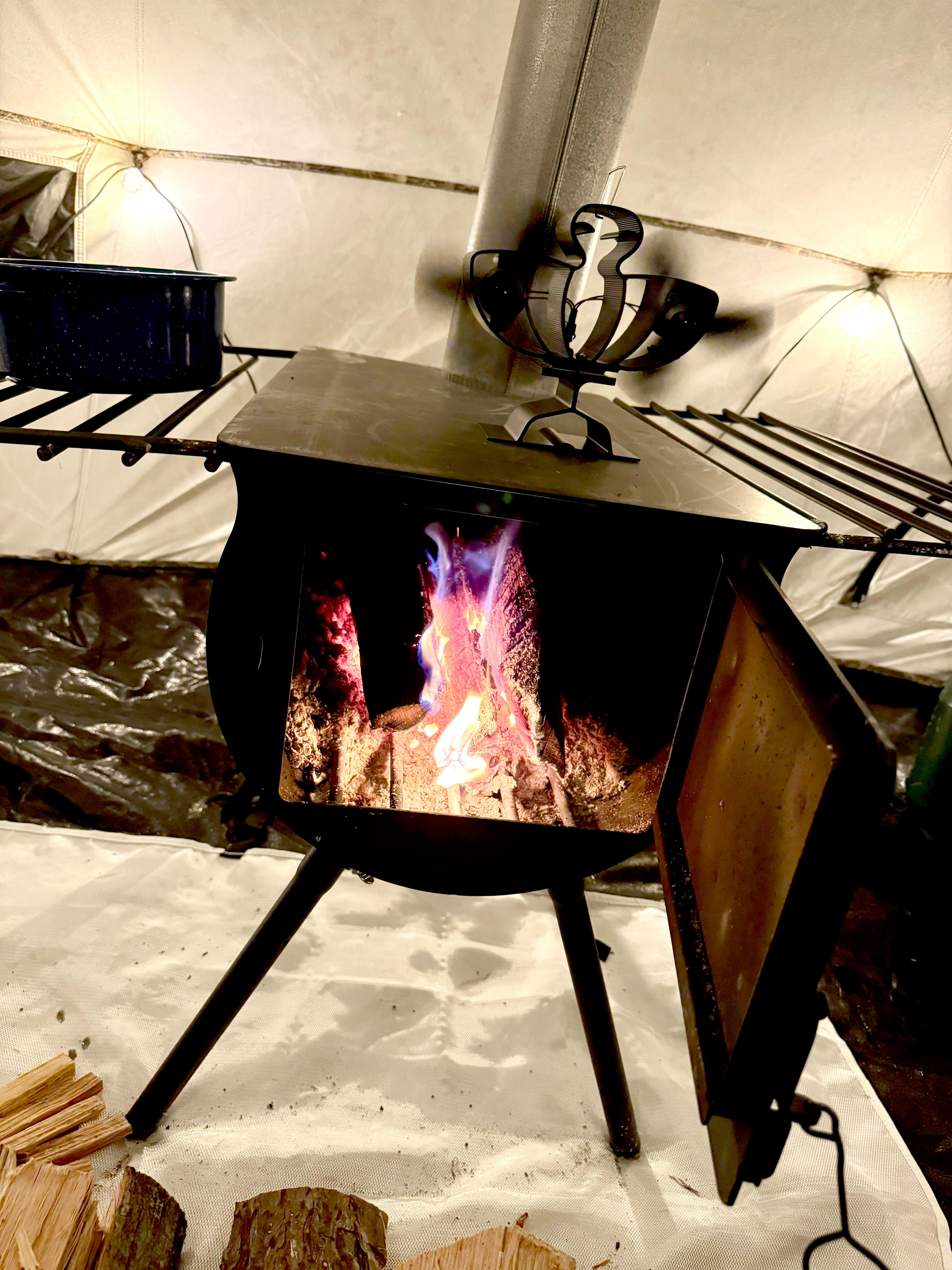
A wood stove is the most traditional heat source for hot tent camping.
A better option when space and weight aren’t an issue is a heavier steel stove like the Camp Chef Alpine. With a 24-inch firebox and fully adjustable dampers, this stove will stay lit for around four hours at a time. The flat-top surface is also great for cooking, and the wire side racks are handy for drying wet gloves or socks. Best of all, the five piece flue set, legs, and side racks all fit inside the stove body for transport.
If you like the idea of burning wood, but not gathering firewood and reloading the stove at night, look into small pellet stoves. They burn compressed wood pellets, similar to a pellet smoker, and have large enough hoppers to hold several hours’ worth. Simply pour the pellets from the bag into the hopper, ignite the fire chamber, and sleep comfortably all night as the pellets slowly feed into the burn chamber. These little stoves put out a surprising amount of heat without the mess of a larger stick burning stove.
If you’re camping in an area without available firewood, a small propane stove will heat most tents to a comfortable temperature. My favorite is the Big Buddy style with space for two propane tanks. On the low setting, one of these heaters will burn for six to eight hours on two tanks.
Even better is a Buddy-style stove with a hose that allows you to hook the heater to a 20-pound BBQ tank. This setup will give you multiple days and nights of heat. The downside to propane heat is the added condensation. A propane stove burning throughout the night will leave the tent and its contents damp by morning.
The last option for tent heat is one of the newer styles of diesel heaters. Unlike their predecessors, newer diesel heaters don't produce smoke and soot with the exhaust. A downside to most diesel heaters is that they require a 12-volt battery to operate, and you’ll probably need a way to charge it up if you are out for more than a few days. You also need to use treated diesel to keep your fuel from gelling in extreme cold.
SAFETY EQUIPMENT
Any time there is an open flame inside a tent, you should take extra care to keep the flames where they belong. Here is what I pack to keep everyone safe.
Fire Extinguisher
This one is pretty self-explanatory. I keep it in the open, near the stove so I can get to it in a hurry. Make sure your extinguisher is charged and up to date before taking it camping.
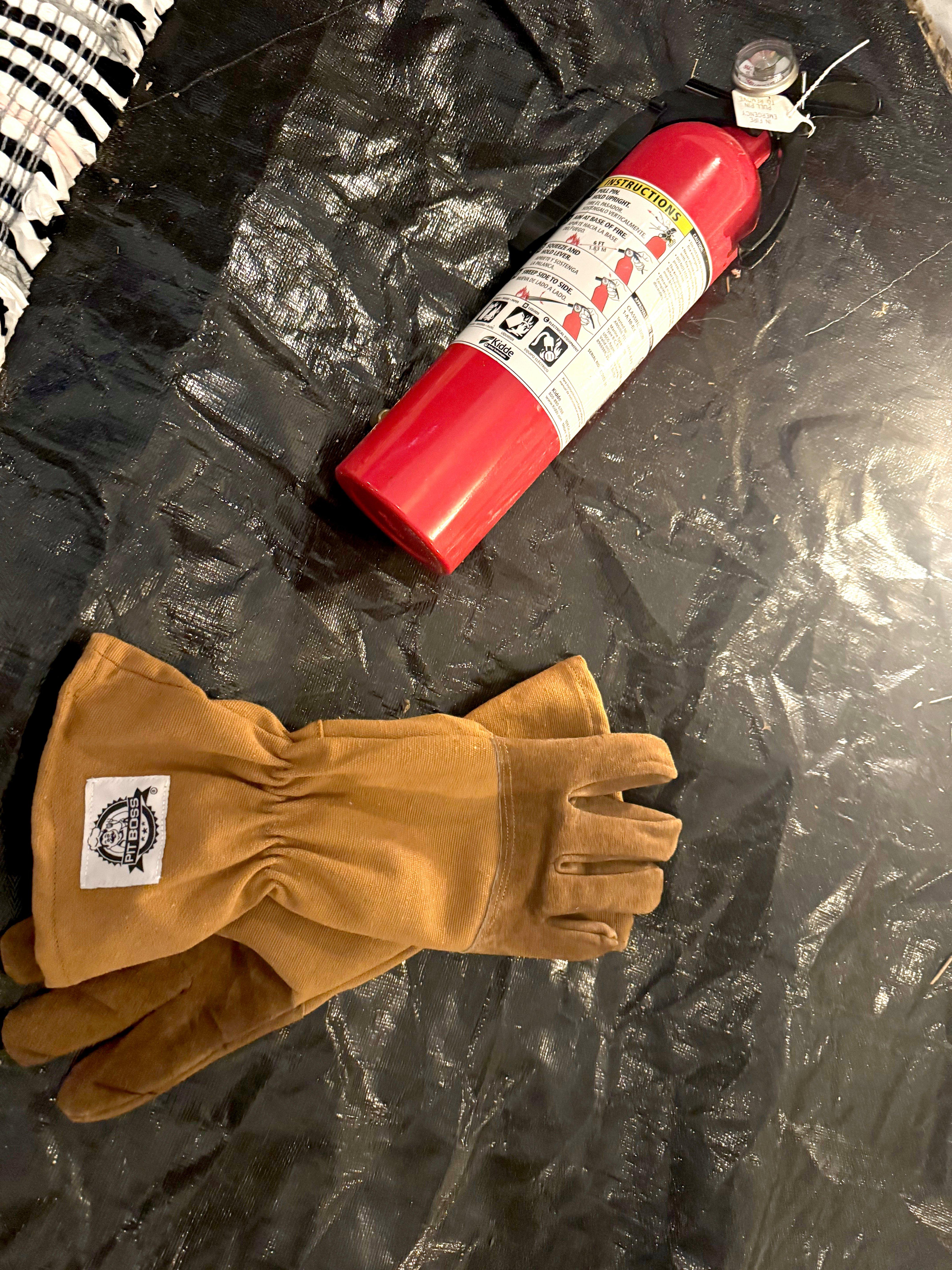
A fire extinguisher is a must have piece of safety equipment.
Fire Proof Floor Protection
One of the drawbacks to a floored tent is the danger of hot coals falling from the stove when adding logs or stoking the fire. My solution is a fire-proof blanket under the stove. Welding blankets or fireproof blankets designed for smothering small house fires work well. Depending on how close your stove sits to the ground, a thicker welding blanket will insulate the tent floor and prevent melting if your stove burns hot.
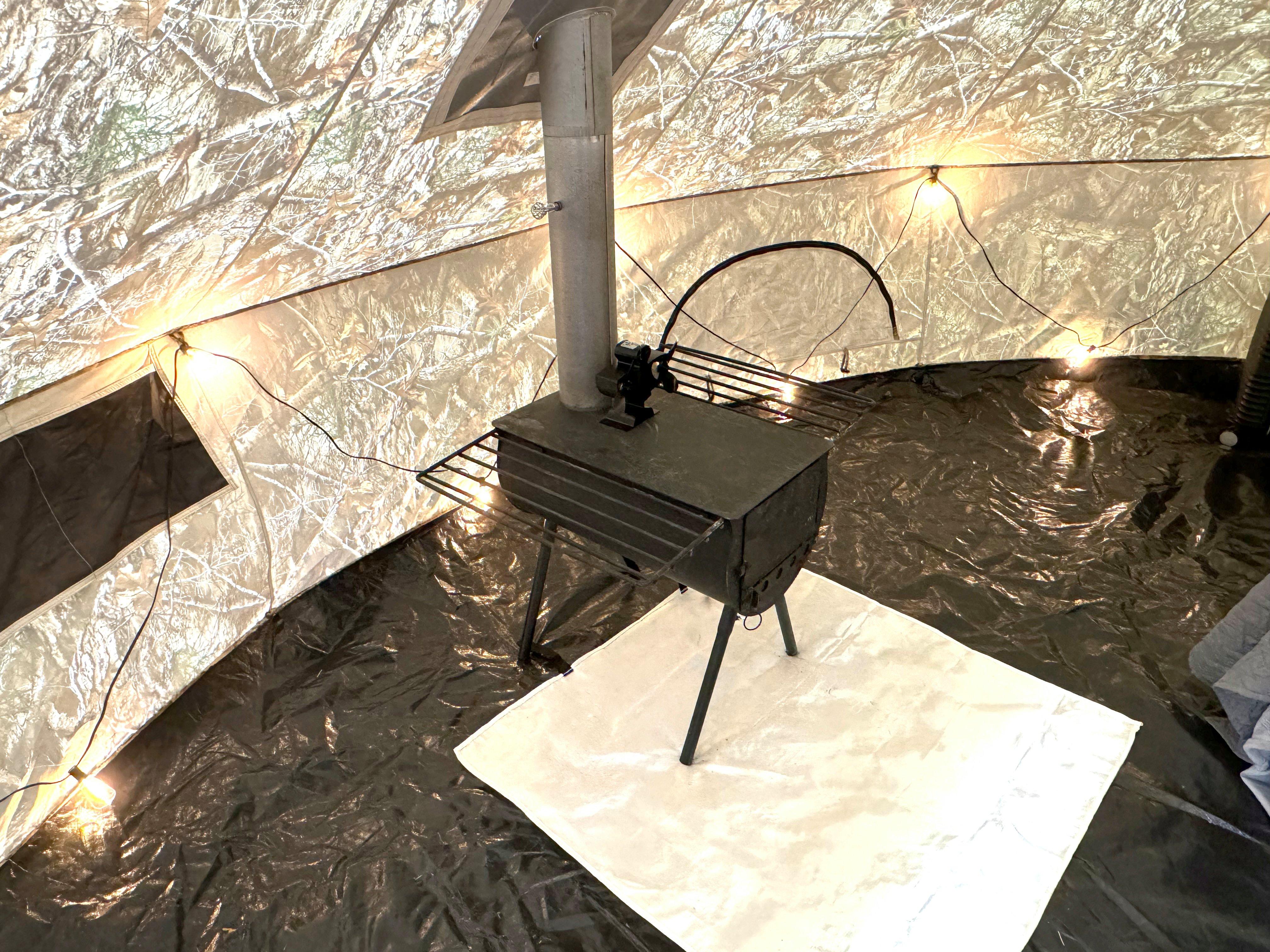
A fire proof blanket or mat under the stove protects your tent floor from fallen embers.
Carbon Monoxide Detecter
All of the heat sources mentioned above have a danger of carbon monoxide emission. Odorless and colorless, carbon monoxide can kill you in your sleep. While most tents are vented well enough to prevent dangerous build up, a good detector is cheap insurance to keep you safe. I use a combination CO/Smoke detector just in case.
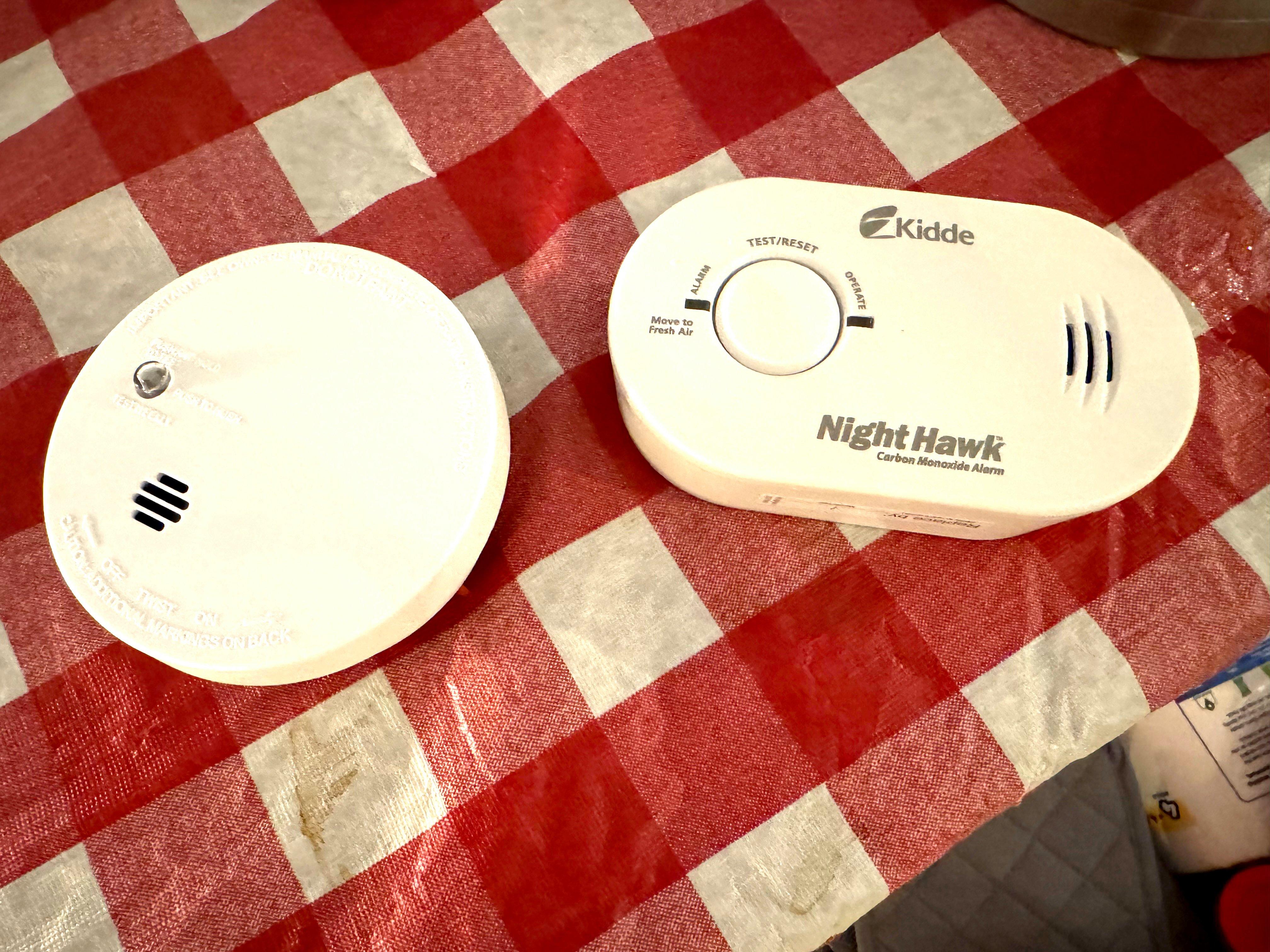
Carbon monoxide is a risk with just about any type of heat source using an open flame. A detector is good insurance.
Spark Arrester
The last thing you want is an errant spark rising from your flu and falling on your canvas tent roof. A mesh or solid topped spark arrester slides onto the top of your flu pipe and catches any errant embers that might rise and fall back down to your tent.
Flu Support
If you are camping in windy conditions, wire guy lines to secure your flu can be helpful. Attach the lines near the top of your flu and run them to nearby trees or all the way to the ground to hold your flu pipe in place even in heavy storms.
Don’t Miss: 4 Deer Hunting Tasks to Tackle in the Off-Season
HANDY GEAR FOR HOT TENTS
Over the years, I’ve built a gear system to make our hot tent camps even more comfortable. Here are a few must haves.
Stove Fan
A small heat-powered fan to set on top of your stove or propane heater moves the warm air throughout the tent instead of letting it rise to the very top. These little fans run solely off the stove heat and don’t require batteries or other power sources. They are quiet and move a surprising amount of air. My fan is a double bladed version that will move warm air all the way across a large tent.
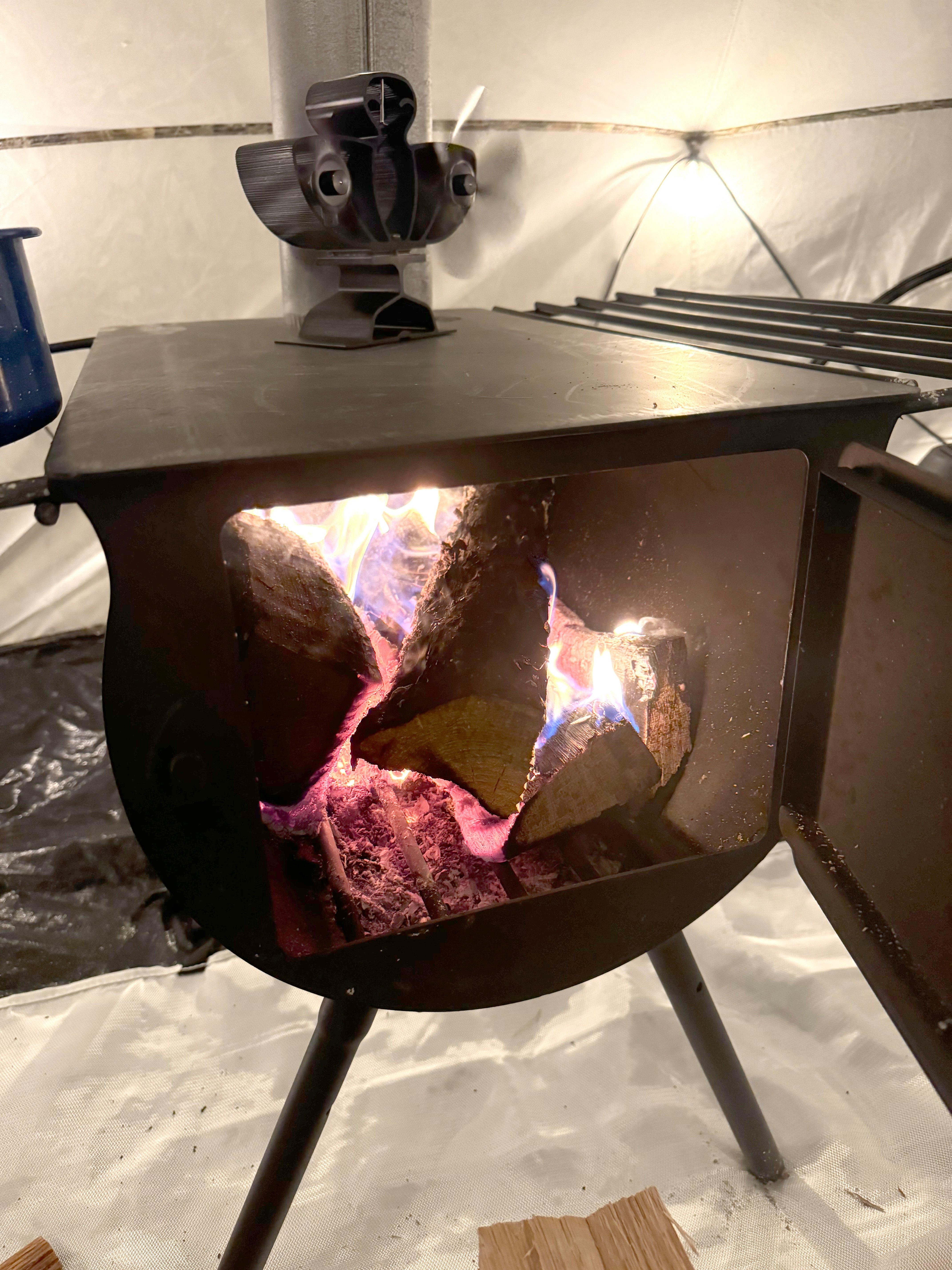
A heat activated fan helps to distribute heat throughout the tent.
Water Pan
Wood stoves especially can dry out the air inside a tent, making breathing uncomfortable, especially while sleeping. A simple heavy pot filled with water and placed on top of your stove evaporates moisture back into the air and provides a ready source of hot water for cooking or cleaning.
Metal Ash Bucket and Shovel
You’ll need to be able to periodically clean the ashes from your stove. A metal bucket with a lid and a small shovel make the task simple and less messy. Placing the lid on the bucket after removing hot ashes will keep an errant ember from blowing out and sparking a fire near your tent.
Heavy Leather Gloves
I keep a pair of heavy gloves near my stove for adding firewood to an already existing fire and for moving hot pans around when cooking.
Small Propane Torch
Yea, I know, a real camper can start a fire with wet tinder and a flint and steel. But I don’t have the time or the patience for all that. A small propane torch will quickly light a fire in any condition, even if your kindling is a bit damp.
Rugs
A couple of rugs, one for inside the door and one outside, will go a long way toward keeping your tent clean of debris and mud as well as give you a handy place to set your wet boots at the end of the day.
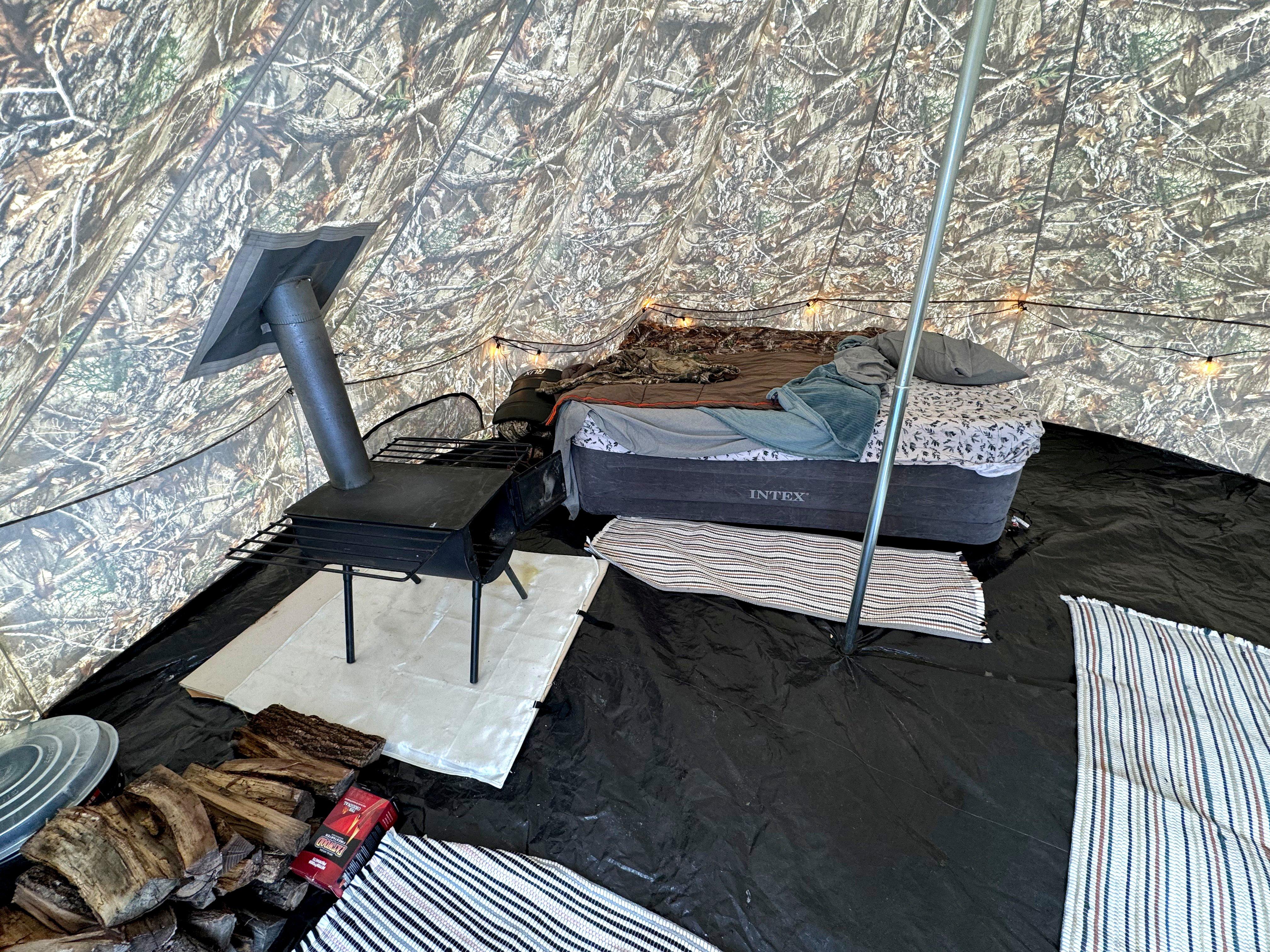
A couple of rugs help to insulate a cold tent floor and keep things clean.
Quality Sleep System
There was a time when I could fish or hunt all evening, stretch out on the rocky shore to catch a few hours of sleep, then hop right up and get back at it with the first rays of the morning sun. Those days are long gone. I need a good night’s sleep to keep up with demanding hunt days. For me, that means a quality air mattress and a set of sheets with a couple heavy quilts. My stove keeps the tent warm enough not to need a heavy sleeping bag to stay warm and I prefer the homier set up to a sleeping bag and foam mattress.
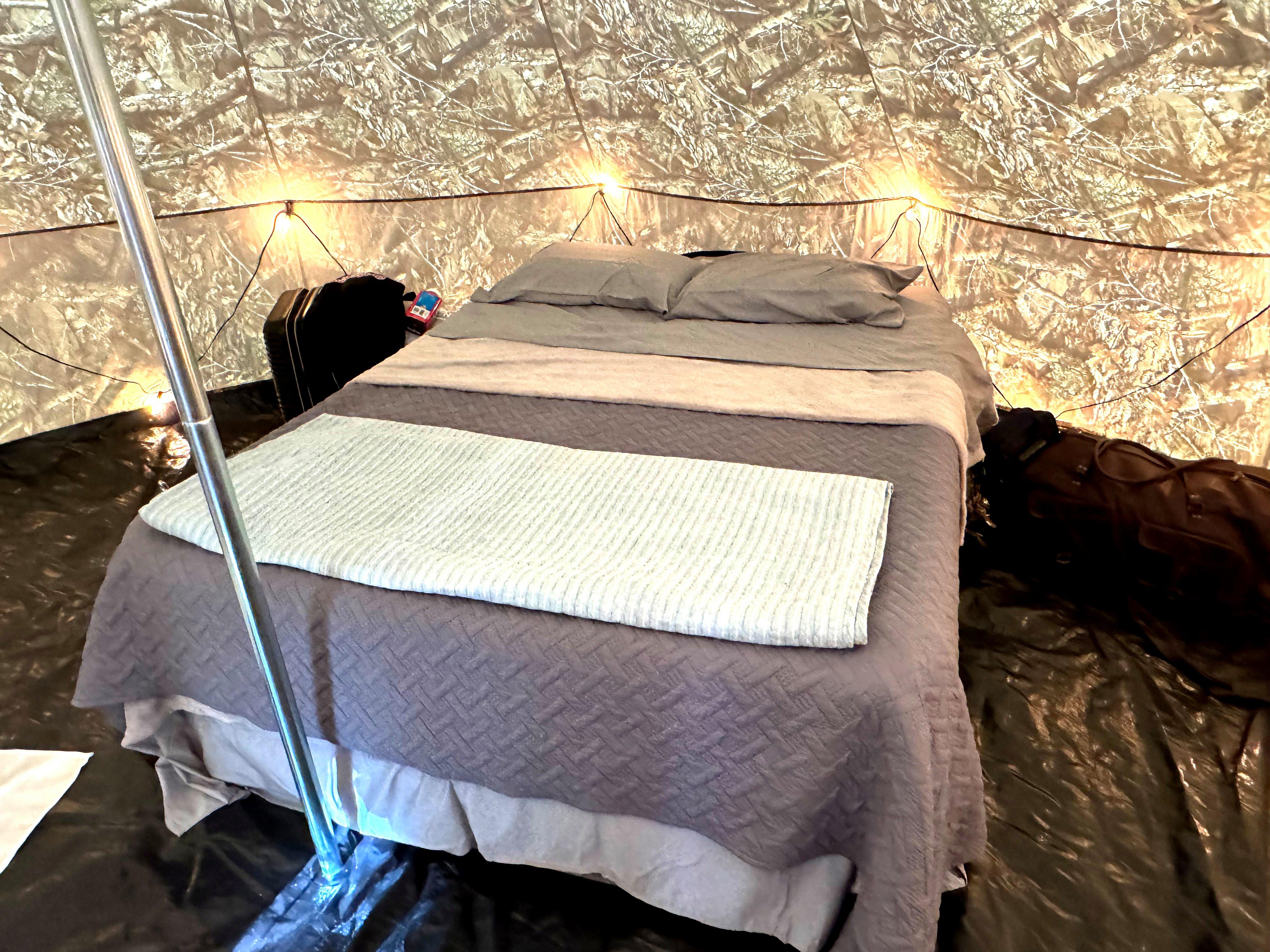
A quality bed makes for peaceful nights and pain free mornings, even for older hunters.
Power Source
If I’m camping in a spot without power, I bring my own. A small 2000-watt inverter generator is quiet and provides plenty of power for pellet grills, lights, etc. An even quieter option is a battery powered portable generator like the Jackery, Bluetti or EcoFlow brands. These generators provide enough power for all your camping needs without noise or exhaust. They can be recharged with folding solar panels for extended stays.
Don’t Miss: 11 Cool Facts About Shed Antlers
Fire Pit
With dryer and dryer summers adding to increased campfire regulations on many public land areas, I’ve started to pack a Solo Stove fire pit when traveling.
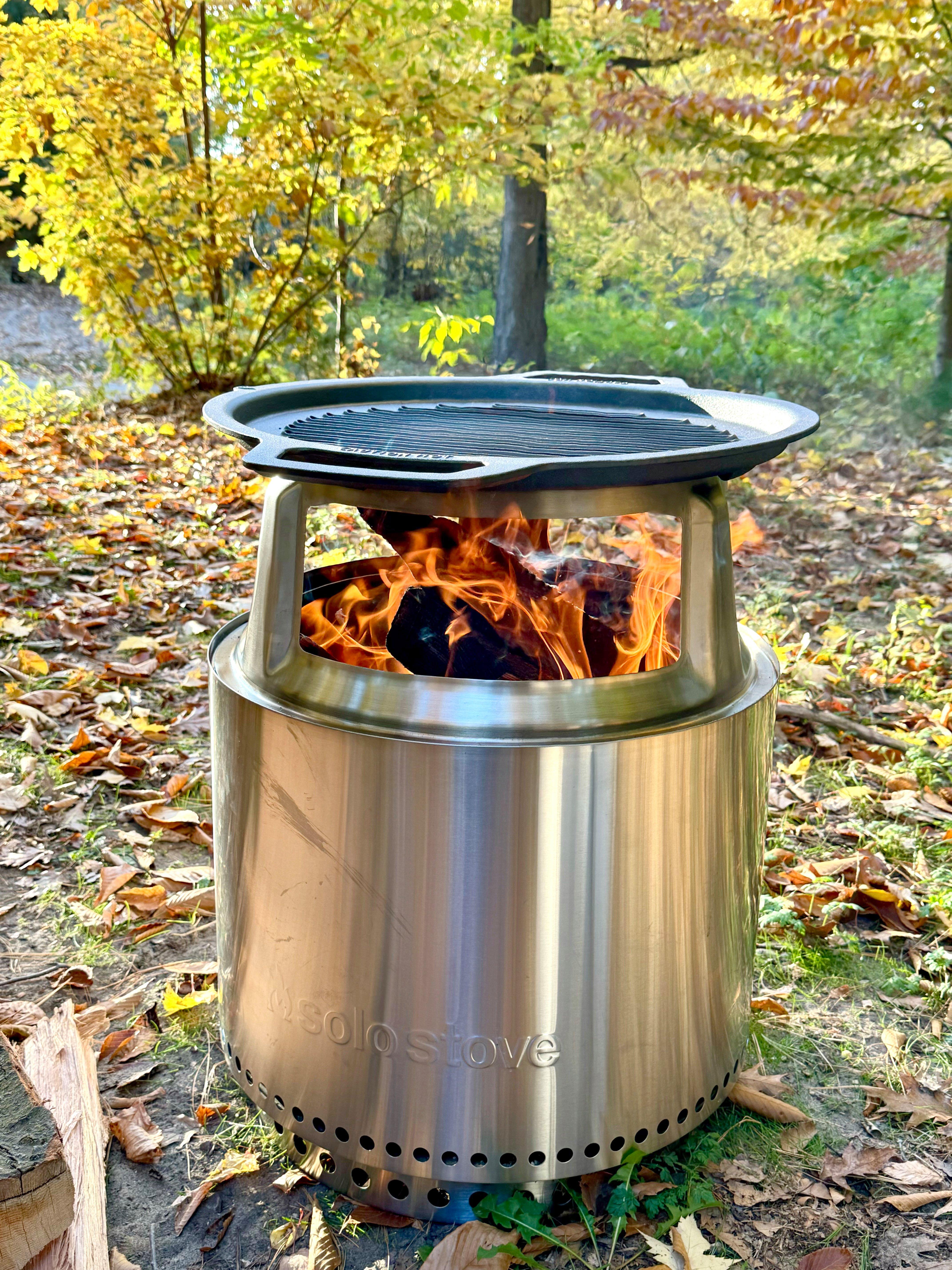
Even in dry conditions, a quality fire pit makes for a safe campfire and cooking surface.
Even without any fire regulations, the pit keeps my fire contained and added accessories make cooking over the open flames quick and easy. An added benefit to the Campfire model I use is that it’s mostly smokeless, meaning I don’t have to constantly move my chair around to avoid the smoke that always seems to find me. When not in use, the components nestle inside the main pit and everything fits in a convenient carry case.
CHECK OUT OUR LATEST CAMO PATTERN: REALTREE APX



